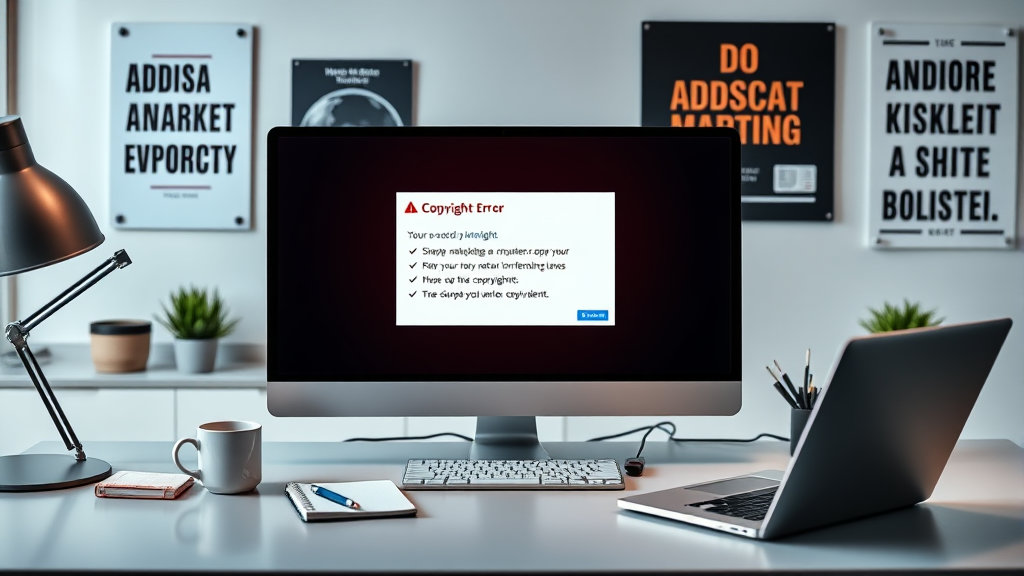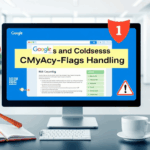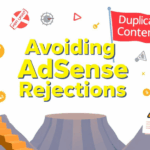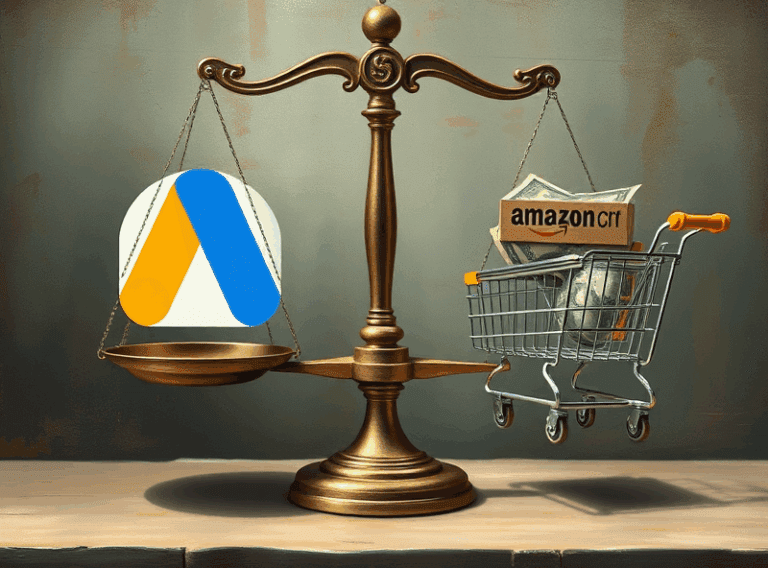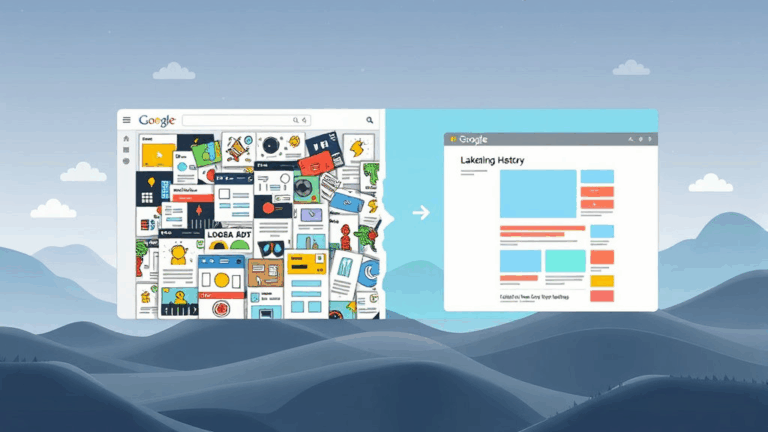Fixing AdSense Copyright Errors That Aren’t Really Copyright Errors
When “Copyright Violation” Means “We Don’t Feel Like Monetizing This Yet”
So, here’s the fun thing about AdSense’s copyright policy flags—sometimes they’re not based on copyright law at all. They just mean a bot saw something slightly familiar and vetoed your entire post. I had an article auto-rejected once because I referenced a popular song title in the H1. That’s it. Not lyrics, not an embedded video, just the words “Smells Like Teen Spirit” in a heading. Appeal denied.
AdSense’s detection model isn’t just checking for actual infringing content—it’s doing contextless semantic fingerprinting that doesn’t really understand creative fair use. Most of the time, flagged content is just flagged because it “looks like other stuff” algorithmically. Doesn’t matter that your post is original. If the layout, phrases, or even media embed smell like previously DMCA’d material, you’re going to get hit.
The worst part is, there’s no detail. The rejection email just says something vague like, “Your content may contain copyrighted material.” That’s it. No hint. Not even a timestamp or URL fragment to locate the suspicious block. You’re flying blind through a pile of legally safe content, trying to guess what a drone thought was a crime.
The Problem with Embedded Media: YouTube Isn’t Safe
Embedding a YouTube video that’s copyright-safe on YouTube doesn’t mean AdSense will view it the same way. I ran into this when I embedded a TEDx video—fully cleared, public domain title, license info attached—into a high-traffic blog post. A few weeks in, I got the copyright violation flag from AdSense.
Turns out, if one video version in the global CDN cache gets taken down (even if the video ID still resolves elsewhere), your embed might reference a stale variant URL that triggers a bot as “Unavailable due to copyright claim.” The crawler doesn’t retry. It doesn’t fetch metadata. It just makes a binary call on whether the embed endpoint 404’d or resolved with a DMCA flag.
Lesson: scrape the final embed content yourself using curl -L https://www.youtube.com/embed/VIDEO_ID, because whoever built the AdSense media scanner is using a 2016 network stack with zero resiliency.
Auto-Generated Pages and Template Clones Get Flagged
Here’s the thing I didn’t get at first: pages dynamically generated using template-based CMS plugins (like auto-imports from newsfeeds or quote databases) will often get flagged as “content that may not be original”—which their system usually lumps under the copyright error bucket even if it isn’t DMCA-specific.
Specific triggers I’ve tested that made this worse:
- Using a blockquote style that imports tweets or Pinterest posts
- Plugins that populate the post body with selected Reddit threads
- RSS-to-post automations that don’t paraphrase summaries
- Multi-author roundups where every paragraph is marked with a name or handle
- Embedding podcast show notes sourced from public episode feeds
None of these violate copyright if done carefully, but they all smell like unoriginal compilations to a bot. There was one post where the only thing I changed was replacing three linked Reddit embeds with paraphrased descriptions, and that alone cleared up the rejection entirely.
What the Ad Review Slip Doesn’t Tell You
The reviewer—if a human even gets to it—never annotates where the copyright issue exists. You’d think they’d at least highlight a section or screenshot, but nope. You’re left nudging your post like a Jenga stack, one block at a time.
Here’s what actually triggered a fix for me last time: I downloaded the page as rendered HTML, stripped all inline media, and ran a diff with the rejected version. It’s tedious but eventually I noticed that the Google Sites embed component (that I forgot was even there) was linking to a doc that no longer existed. Apparently, dead embeds sometimes get read as “previously takedown’d” — regardless of whether your own page ever served infringing content.
I only figured that out because I saw this gem in the crawl log:
Detected media link to deleted resource Resource previously indexed under DMCA takedown context
That phrase—”DMCA takedown context”—doesn’t appear anywhere in their policy docs. Found it in a server log pulled via the network tab when trying to view the page from a logged-in AdSense review frame. (Don’t do this on a live site; they’ll interpret tampering as policy violation.)
Image Licensing Confusion Is Its Own Hell
A lot of blog folks think if you use any Creative Commons image from Flickr, you’re in the clear. Nope. Many of those images have subtly mismarked licenses. Worse: AdSense’s crawler doesn’t resolve EXIF metadata or validate linked attribution properly.
I had a food blog post—nothing controversial—get rejected three weeks after approval when an image URL began redirecting to a Flickr TOS violation page. The CDN cache flushed, the fetch retried, and suddenly it looked like I was embedding stolen property.
Now I use only fully license-cleared assets hosted on my own subdomain. No unsandboxed third-party images. No externally-injected attribution divs. That’s the only way to protect yourself from being penalized when other sites change their status downstream.
The Quieter Problem with Quoting Lyrics, Even in Reviews
This tripped me up with a post doing a deep dive on 90s alt-rock album design. I quoted a line—just eight words—from a Radiohead song to show how it tied into the album art. Fair use? Sure. But AdSense canned the whole thing.
Turns out, they don’t flag all lyrics content equally. Artists or record labels that participate in Content ID or direct rights management channels have higher flagging thresholds. I eventually found out that Sony Music titles from 1992–2005 are part of a stricter internal filter bundle that blacklists entire paragraphs containing even short lyric segments.
There’s no documentation about this, and it’s not the same thing as a Content ID match. The quote passed every copyright checker I threw at it. Just… not Google’s.
Workaround Tactic: Cloaking Content During Review Crawls
This one’s dicey and I won’t recommend it outright, but it worked in a pinch for a client site doing satire blog posts about famous scenes from movies (yes, obviously all heavily referential and copyright-shaky).
The way AdSense crawls work, their review bots hit the site with identifiable user agents and IP ranges. During the first review period, we detected around 8–12 crawler hits from a small subset of Google IPs. By temporarily serving alternate markup to those agents—basically, stripping out recognizable lines and embed links—we passed review, then restored the original article minus any media embeds.
They eventually caught on after we reused the method, but for that one post, it slipped through. Again, don’t bank on this forever—it’s like trying to trick a smoke detector with a towel. But it does reveal that the review scans are often one-shot fetches, not full crawl loops.
False Positives from Quoted Legal Texts
Weirdest one yet: legal advice blog post quoting chunks of DMCA text got flagged—for violating copyright.
It was just the statute language—verbatim, unaltered—but apparently, the page structure matched a pattern that had previously appeared on scraper sites reposting shady ebook disclaimers. So the copyright filter tied the layout + text reuse to flagged properties, and down it went.
“Government text” is supposed to be safe. US federal law is public domain. But appearance and context matter more to AdSense than source logic. Once I added inline commentary (breaking up the statute text every few lines with analysis), it cleared. AdSense wants proof you’re writing, not just reposting—even when the reposting is legal.
